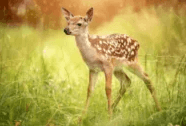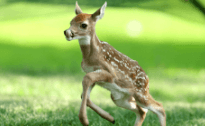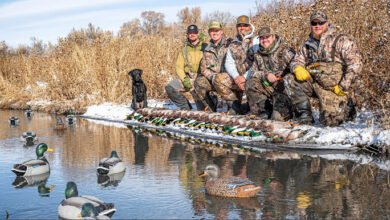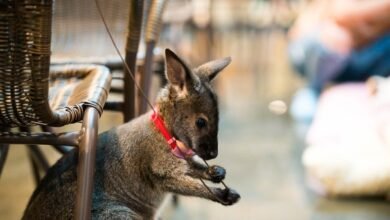Baby:Hmv1xdxnlei= Deer

You might not know that fawns are born Baby:Hmv1xdxnlei= Deer with a unique spotted coat that helps them blend seamlessly into their surroundings, a trait that’s vital for their survival. As you explore their physical characteristics and behaviors, you’ll uncover how these young deer rely on their mothers for guidance in navigating their environments.
This relationship shapes not only their development but also their role in the ecosystem. Curious about how these seemingly delicate creatures impact their habitats and the balance of nature?
Physical Characteristics of Fawns Baby:Hmv1xdxnlei= Deer
Fawns, typically born with a distinctive spotted coat, exhibit a range of physical characteristics that aid in their survival and adaptation to their environment.
Their fawn coloration, a blend of browns and whites, provides effective camouflage.
The unique fawn markings, strategically placed spots, break up their outline, making it harder for predators to detect them in the wild.
This evolutionary trait enhances their chances of survival.

Behavioral Traits and Development Baby:Hmv1xdxnlei= Deer
During the early stages of development, fawns rely heavily on their mother’s guidance and protection, which shapes their behavioral traits and survival skills in a complex environment.
These interactions foster essential social behaviors, enhancing their ability to navigate group dynamics.
Additionally, early foraging habits develop through observation, allowing fawns to learn efficient feeding techniques, crucial for thriving in diverse habitats.
Habitat and Range of Baby Deer
Understanding the habitat and range of baby deer is vital, as these factors significantly influence their growth and survival in various ecosystems.
Typically, fawns thrive in diverse deer habitats, including forests, meadows, and wetlands, where food and shelter are abundant.
Their fawn range often extends close to maternal areas, ensuring safety from predators while allowing access to resources essential for their development.
Read more: Logo:Gnvp43nrqxc= Seattle Seahawks
Importance in Ecosystems
Baby deer play a crucial role in maintaining the balance of their ecosystems by serving as both prey for predators and contributors to vegetation dynamics through their grazing habits.
Their ecosystem roles facilitate predator interactions, ensuring healthy populations of both deer and predators.
This dynamic promotes biodiversity, allowing various species to thrive while fostering resilience within the ecosystem.
Read more: Logo:M53wrfvwnbm= Metallica
Conclusion
In the grand tapestry of nature, fawns are the dazzling jewels that sparkle amidst the foliage, weaving a narrative of survival and beauty.
Their enchanting spotted coats are like nature’s own camouflage, making them masters of hide-and-seek with predators.
By nurturing the delicate balance of ecosystems, these miniature wonders aren’t just adorable; they’re the unsung heroes of biodiversity.
So, next time you spot a fawn, remember—you’re witnessing a vital force that keeps our world thriving!



